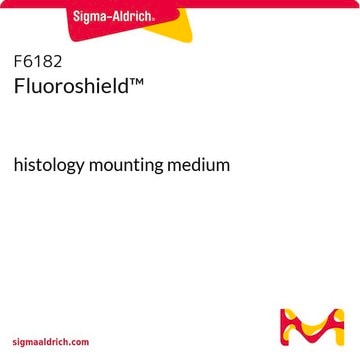About This Item
Produtos recomendados
fabricante/nome comercial
Chemicon®
Nível de qualidade
método de detecção
fluorometric
Condições de expedição
dry ice
Descrição geral
Aplicação
DAPI binds the minor groove of DNA at AT clusters and binds preferentially to ds DNA (Biochemistry 26:4545, 1987).
Materials Provided
Each vial contains 1 ml of DAPI/Antifade Solution
Warnings and Precautions
DAPI is a potential carcinogen. Antifade is a potential toxin and irritant. Use extreme caution. Avoid contact with eyes, skin and mucous membranes. Use extreme caution. Wear gloves and a lab coat when handling. Follow your institution′s guidelines for hazardous waste disposal. Keep tightly capped and limit exposure to light.
Related Products
Antifade Solution S7114
Propidium Iodide Solution S7109
Propidium Iodide/Antifade Solution S7112
forma física
Armazenamento e estabilidade
Informações legais
Exoneração de responsabilidade
Frases de perigo
Declarações de precaução
Classificações de perigo
Aquatic Chronic 3
Código de classe de armazenamento
12 - Non Combustible Liquids
Classe de risco de água (WGK)
WGK 2
Ponto de fulgor (°F)
Not applicable
Ponto de fulgor (°C)
Not applicable
Certificados de análise (COA)
Busque Certificados de análise (COA) digitando o Número do Lote do produto. Os números de lote e remessa podem ser encontrados no rótulo de um produto após a palavra “Lot” ou “Batch”.
Já possui este produto?
Encontre a documentação dos produtos que você adquiriu recentemente na biblioteca de documentos.
Os clientes também visualizaram
Active Filters
Nossa equipe de cientistas tem experiência em todas as áreas de pesquisa, incluindo Life Sciences, ciência de materiais, síntese química, cromatografia, química analítica e muitas outras.
Entre em contato com a assistência técnica
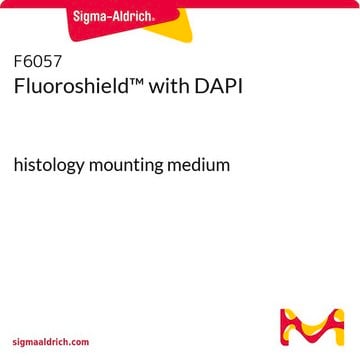
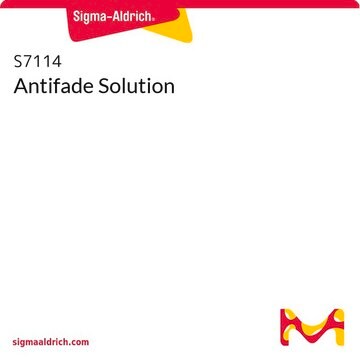
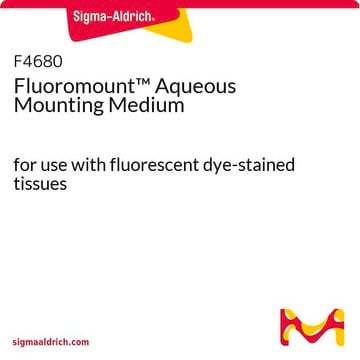



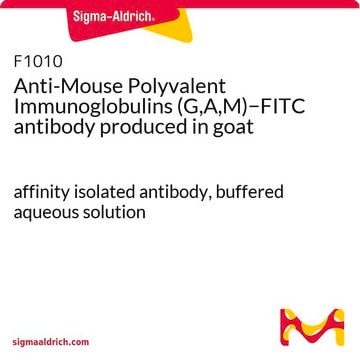
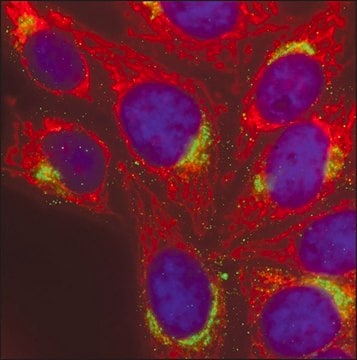

![Fluoroshield™ with 1,4-Diazabicyclo[2.2.2]octane pH range 8.0-8.4, Aqueous mounting medium](/deepweb/assets/sigmaaldrich/product/images/218/949/b91845a1-db79-4fb6-a733-59d34c393779/640/b91845a1-db79-4fb6-a733-59d34c393779.jpg)
